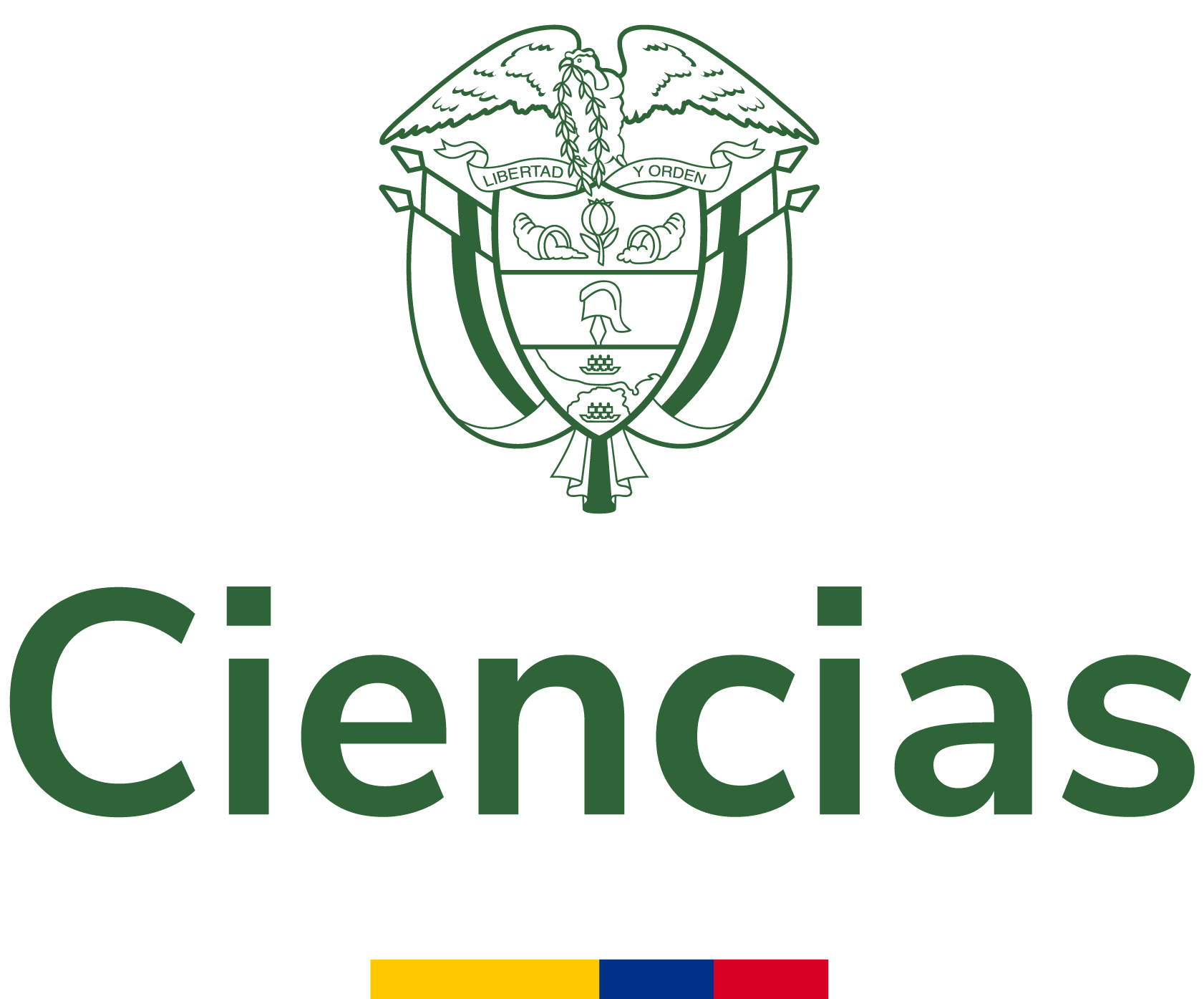Mobility of the horse-drawn transport system in urban environment. Study case: Pereira City – Colombia
This article presents the mobility of horse-drawn transport system in the city of Pereira, in function of the variables of slope gradient, speed, load and frequency of service, in order to diagnose the work system environment and labor conditions of the drivers. The techni...
- Autores:
- Tipo de recurso:
- Fecha de publicación:
- 2019
- Institución:
- Universidad Católica de Pereira
- Repositorio:
- Repositorio Institucional - RIBUC
- Idioma:
- spa
- OAI Identifier:
- oai:repositorio.ucp.edu.co:10785/11316
- Acceso en línea:
- https://revistas.ucp.edu.co/index.php/arquetipo/article/view/282
http://hdl.handle.net/10785/11316
- Palabra clave:
- Rights
- openAccess
- License
- Derechos de autor 2019 Arquetipo
| id |
RepoRIBUC_2def81982045af3f8d7dd7a193e01a68 |
|---|---|
| oai_identifier_str |
oai:repositorio.ucp.edu.co:10785/11316 |
| network_acronym_str |
RepoRIBUC |
| network_name_str |
Repositorio Institucional - RIBUC |
| repository_id_str |
|
| spelling |
Mobility of the horse-drawn transport system in urban environment. Study case: Pereira City – ColombiaMovilidad del sistema de transporte equino en medio urbano. Caso de Estudio: ciudad de Pereira, ColombiaThis article presents the mobility of horse-drawn transport system in the city of Pereira, in function of the variables of slope gradient, speed, load and frequency of service, in order to diagnose the work system environment and labor conditions of the drivers. The technical functioning is analyzed through a mobility methodology. The data are systematized in the geographic information software and calculation processor. The maximum slopes gradients transited were of 8 to 25 %. The 42 % of systems transported loads of 10 to 500 kg of weight, on average speed between 0,29 y 3,58 km/h. The maximum travels in one day were of 6 to 10 in the 44 % the focus group. The fact that this type of transport exists implies that more research is needed on its technical and mobility aspects.El artículo expone la movilidad del sistema de transporte equino en Pereira, en función de las variables de pendiente de tránsito, velocidad, carga y frecuencia del servicio, para diagnosticar la situación laboral del sistema y de sus conductores. Se analiza el funcionamiento técnico a través de una metodología de movilidad. La información se sistematiza en un software de información geográfica y un procesador de cálculo. Los trayectos de máximo grado de pendiente transitados fueron del 8 a < 25 %. El 42 % de sistemas transportaron mercancías entre 10 y 500 kg, a una velocidad promedio entre 0,29 y 3,58 km/h, el 44% de la población hizo de 6 a 10 viajes diarios. La vigencia de este transporte hace importante la profundización en sus aspectos técnicos y de movilidad.Universidad Católica de Pereira2022-06-01T19:51:09Z2022-06-01T19:51:09Z2019-06-08Artículo de revistahttp://purl.org/coar/resource_type/c_6501http://purl.org/coar/version/c_970fb48d4fbd8a85info:eu-repo/semantics/articleinfo:eu-repo/semantics/publishedVersionhttp://purl.org/coar/resource_type/c_2df8fbb1application/pdfhttps://revistas.ucp.edu.co/index.php/arquetipo/article/view/282http://hdl.handle.net/10785/11316Arquetipo; Núm. 13 (2016); 115-1362539-39362215-9444spahttps://revistas.ucp.edu.co/index.php/arquetipo/article/view/282/276Derechos de autor 2019 Arquetipohttps://creativecommons.org/licenses/by-nc/4.0/deed.es_EShttps://creativecommons.org/licenses/by-nc/4.0/deed.es_ESinfo:eu-repo/semantics/openAccesshttp://purl.org/coar/access_right/c_abf2García Ospina, Lina MaríaSarmiento Ordosgoitia, Ivánoai:repositorio.ucp.edu.co:10785/113162025-01-28T00:00:38Z |
| dc.title.none.fl_str_mv |
Mobility of the horse-drawn transport system in urban environment. Study case: Pereira City – Colombia Movilidad del sistema de transporte equino en medio urbano. Caso de Estudio: ciudad de Pereira, Colombia |
| title |
Mobility of the horse-drawn transport system in urban environment. Study case: Pereira City – Colombia |
| spellingShingle |
Mobility of the horse-drawn transport system in urban environment. Study case: Pereira City – Colombia |
| title_short |
Mobility of the horse-drawn transport system in urban environment. Study case: Pereira City – Colombia |
| title_full |
Mobility of the horse-drawn transport system in urban environment. Study case: Pereira City – Colombia |
| title_fullStr |
Mobility of the horse-drawn transport system in urban environment. Study case: Pereira City – Colombia |
| title_full_unstemmed |
Mobility of the horse-drawn transport system in urban environment. Study case: Pereira City – Colombia |
| title_sort |
Mobility of the horse-drawn transport system in urban environment. Study case: Pereira City – Colombia |
| description |
This article presents the mobility of horse-drawn transport system in the city of Pereira, in function of the variables of slope gradient, speed, load and frequency of service, in order to diagnose the work system environment and labor conditions of the drivers. The technical functioning is analyzed through a mobility methodology. The data are systematized in the geographic information software and calculation processor. The maximum slopes gradients transited were of 8 to 25 %. The 42 % of systems transported loads of 10 to 500 kg of weight, on average speed between 0,29 y 3,58 km/h. The maximum travels in one day were of 6 to 10 in the 44 % the focus group. The fact that this type of transport exists implies that more research is needed on its technical and mobility aspects. |
| publishDate |
2019 |
| dc.date.none.fl_str_mv |
2019-06-08 2022-06-01T19:51:09Z 2022-06-01T19:51:09Z |
| dc.type.none.fl_str_mv |
Artículo de revista http://purl.org/coar/resource_type/c_6501 http://purl.org/coar/version/c_970fb48d4fbd8a85 info:eu-repo/semantics/article info:eu-repo/semantics/publishedVersion |
| dc.type.coar.fl_str_mv |
http://purl.org/coar/resource_type/c_2df8fbb1 |
| status_str |
publishedVersion |
| dc.identifier.none.fl_str_mv |
https://revistas.ucp.edu.co/index.php/arquetipo/article/view/282 http://hdl.handle.net/10785/11316 |
| url |
https://revistas.ucp.edu.co/index.php/arquetipo/article/view/282 http://hdl.handle.net/10785/11316 |
| dc.language.none.fl_str_mv |
spa |
| language |
spa |
| dc.relation.none.fl_str_mv |
https://revistas.ucp.edu.co/index.php/arquetipo/article/view/282/276 |
| dc.rights.none.fl_str_mv |
Derechos de autor 2019 Arquetipo https://creativecommons.org/licenses/by-nc/4.0/deed.es_ES https://creativecommons.org/licenses/by-nc/4.0/deed.es_ES info:eu-repo/semantics/openAccess http://purl.org/coar/access_right/c_abf2 |
| rights_invalid_str_mv |
Derechos de autor 2019 Arquetipo https://creativecommons.org/licenses/by-nc/4.0/deed.es_ES http://purl.org/coar/access_right/c_abf2 |
| eu_rights_str_mv |
openAccess |
| dc.format.none.fl_str_mv |
application/pdf |
| dc.publisher.none.fl_str_mv |
Universidad Católica de Pereira |
| publisher.none.fl_str_mv |
Universidad Católica de Pereira |
| dc.source.none.fl_str_mv |
Arquetipo; Núm. 13 (2016); 115-136 2539-3936 2215-9444 |
| institution |
Universidad Católica de Pereira |
| repository.name.fl_str_mv |
|
| repository.mail.fl_str_mv |
|
| _version_ |
1844494726177226753 |






